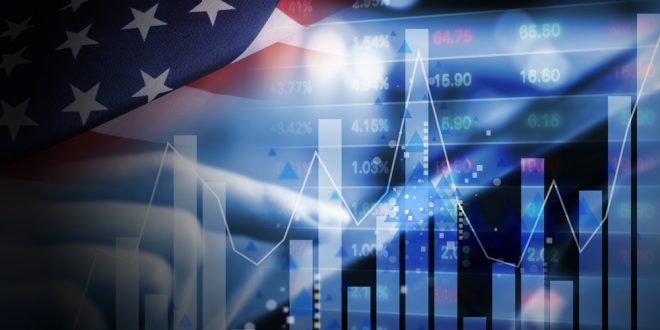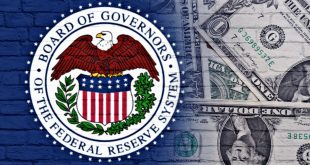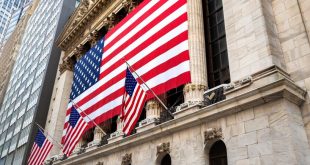The labor market in the United States might be showing some positive signs as the economy recovers from the coronavirus pandemic, but it remains to be challenged by some problems some of which might be unnoticed.
A paper by the Federal Reserve Bank of San Francisco showed on Tuesday that the conflicting signals are unprecedented, indicating that the negative indicators should be looked at more than those suggesting recovery.
The most recent data suggested that applications for new claims of unemployment benefits in the U.S. declined below 500,000, with initial claims for state unemployment benefits decreasing by 34,000 to a seasonally adjusted 444,000 for the week ended May 15, according to the U.S. Department of Labor.
Meanwhile, there were 406,000 initial claims for unemployment benefits in the week ended May 22. The reading came in better than the market expectation of 425,000.
This marked the lowest level for the initial jobless claims since the beginning of the global outbreak of the coronavirus pandemic in March 2020.
Nevertheless, jobless claims remain above the 200,000-250,000 average range, which is viewed by economists as a sign of a healthy labor market.
Meanwhile, job openings suggest the job market is tighter, according to the paper that also noted that the labor force participation rate indicates a worse situation than what the unemployment rate reveals.
According to the U.S. Department of Labor, job openings surged to a new record high in March, rising by 597,000, or 8%, to 8.12 million, compared with their level in February, according to the most recent Job Openings and Labor Turnover Survey (JOLTS).
The paper also suggested that negative signals such as the low labor force participation rate provide a better read than do the positive signals.
“Overall, our findings reveal that the labor market situation is worse than some headline numbers suggest.”
It is worth noting that the unemployment rate in the U.S. registered 6.1% in April.
The labor market situation is one of the main factors that determine setting the monetary policy by the Federal Reserve, with the central bank targeting measures to restore the pre-pandemic full employment.
 Noor Trends News, Technical Analysis, Educational Tools and Recommendations
Noor Trends News, Technical Analysis, Educational Tools and Recommendations





